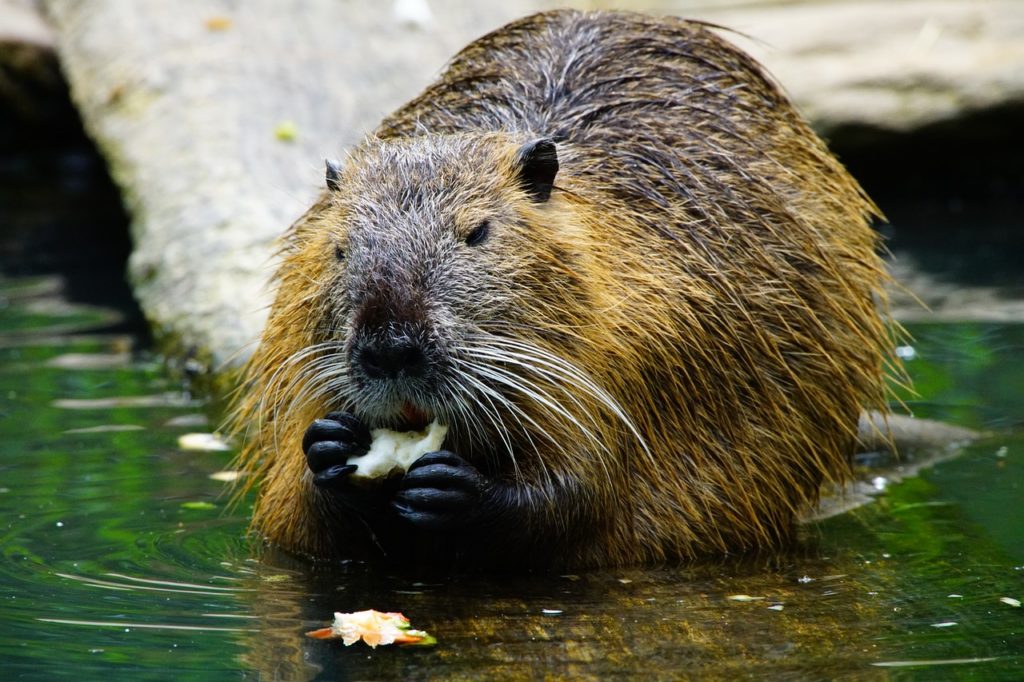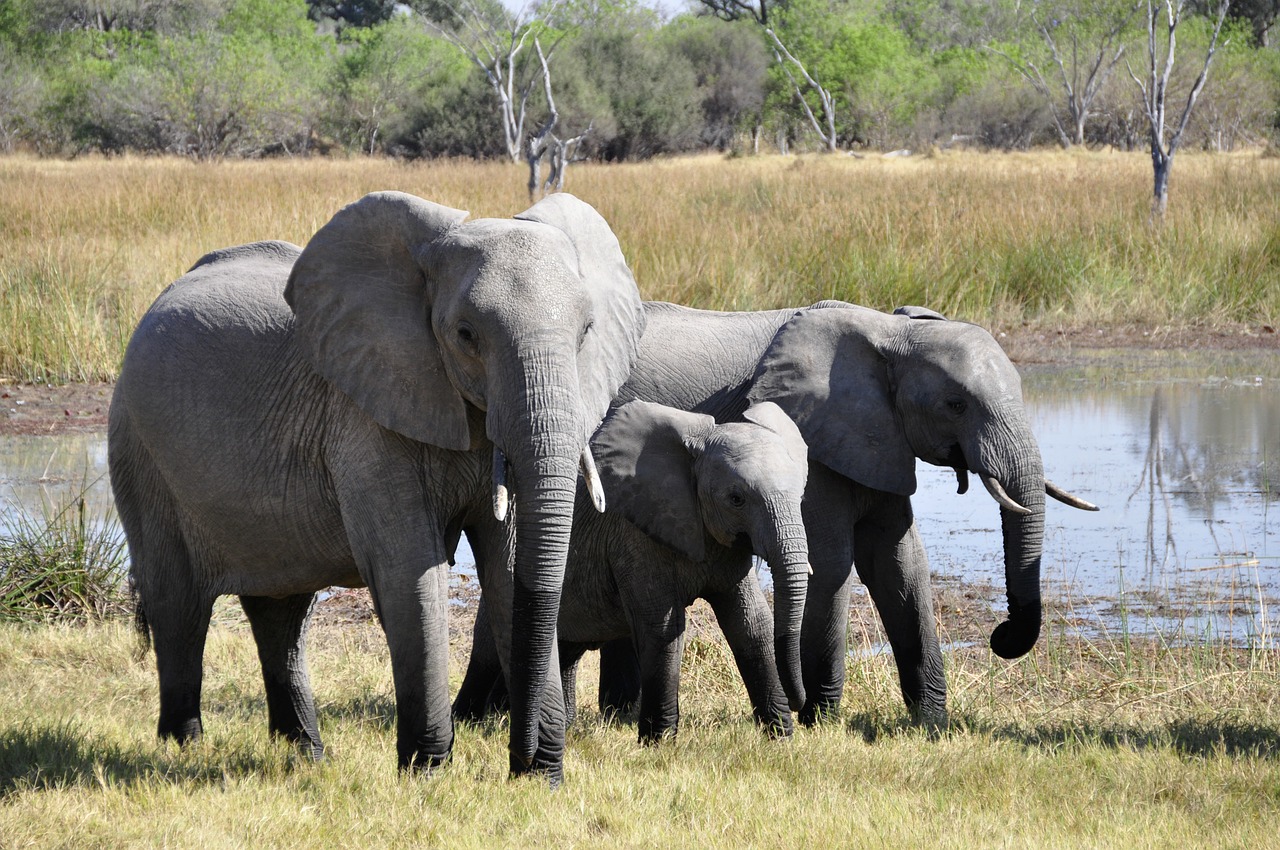At first glance, animals like elephants, beavers, squirrels, ants, and worms could not seem more different. Yet all these species have one important factor in common: They are what scientists call “ecosystem engineers.” As they go about their normal, daily business of living, they modify and maintain their environments, not only benefiting their own species, but many others as well. They can alter and recreate entire ecosystems as well.
A new look at ecosystem engineering
New research shows that the more ecosystem engineers there are in an environment, the more stable and sustainable that environment will be over generations. An environment with many ecosystem engineers will also provide strong protections against extinction of species.
A new paper co-authored by a University of California, Merced, ecologist and originally published in the journal Nature Communications provides a model that demonstrates the long-range effects of ecosystem engineers on their environments. These effects often far outlast the lifespan of a single animal. This research represents the first time scientists have provided a quantitative assessment of these effects within an ecological network.
The researchers set out to gain greater insight about food webs and how they are created. Species are constantly affecting their environments, with a feedback loop in place in which environments also react to species’ presence and actions. So the researchers knew they needed to look into factors such as animals’ engineering of the environment to really understand the creation and growth of food webs.
The researchers’ model is based on simple rules that show how food webs can be put together, as well as how interactions among species and environments change over time. One immediately significant finding was that, if there are only a few ecosystem engineers in a system, the result tends to be more instability and extinctions. On the other hand, the presence of many ecosystem engineers promotes greater environmental stability and seems to reduce extinctions.
Species that get the job done
Elephants are an excellent example of an ecosystem engineer. They dig up grass, knock over large trees, and in other ways transform entire landscapes to make more space for other herd animals like zebras. With their tusks, elephants scoop dirt out of dry riverbeds, creating usable waterholes for other animals to drink. Additionally, their feces transport seeds from one area to another, which aids pollination and increases plant biodiversity. Research even shows that some types of trees face steep population declines after heavy poaching removes elephants from an ecosystem.

Beavers are among the most prolific ecosystem engineers. To construct their dams, they turn living trees into lumber, then use them to alter the course and structure of local waterways. They can create entirely new lakes and ponds. In addition, their removal of older trees clears the way for new, healthy growth. Beaver engineering changes the distribution and population numbers of many other species, including fish, insects, reptiles, birds, and plants. In short, beavers can promote increased biodiversity throughout whole regions.
Some recent research has shown a close connection between beavers and salmon populations. While some previous studies indicated that beaver dams inhibit fish migration and may degrade salmon spawning habitats, newer research indicates that these negatives are offset by the fact that dams offer important safe rearing habitats for juvenile salmon, thus improving overall salmon population strength and diversity.
Squirrels are an unlikely ecosystem engineer, but they drop acorns that later spring into oak trees. Additionally, their digging of burrows in the earth supports healthy numbers of other species. California ground squirrel burrows, for example, also provide homes for indigenous species like rattlesnakes and burrowing owls.
Ant colonies also produce outsize influences on their environment. They help to keep the soil healthy through natural aeration and transport water and nutrients to plant roots. Ants’ busy foraging also helps keep the ground clear of the bodies of smaller dead animals, thus minimizing the spread of disease.
The humble shipworm is one of the more fascinating (and overlooked) ecosystem engineers. It eats its way through entire rocks in streams, creating secure homes for other invertebrates in the rock formations. Shipworms, known as the “termites of the sea,” use wood for habitat and as food. Although they’ve done considerable damage to wooden ships and piers over the centuries, they balance that out by producing beneficial ecosystem effects. Their bodies process wood into biomass and feces that sustain other creatures, and their abandoned tunnels offer shelter to fish and other marine creatures.
These are only a few of the best-known ecosystem engineers in existence—others can be found almost everywhere!
Macro impacts
Ecosystem engineers can produce significant changes in the population and geographical distribution of several plant and animal species. And their presence can modify an entire region’s biodiversity.
One final example of the enormous impact of a single ecosystem engineer dates far back to prehistory. More than 2 billion years ago, cyanobacteria served as such engineers on a global scale. Their output of oxygen slowly but inexorably changed the chemical composition of the earth’s atmosphere, allowing the planet to support life as we know it. All of us alive today can thank them for their service!

